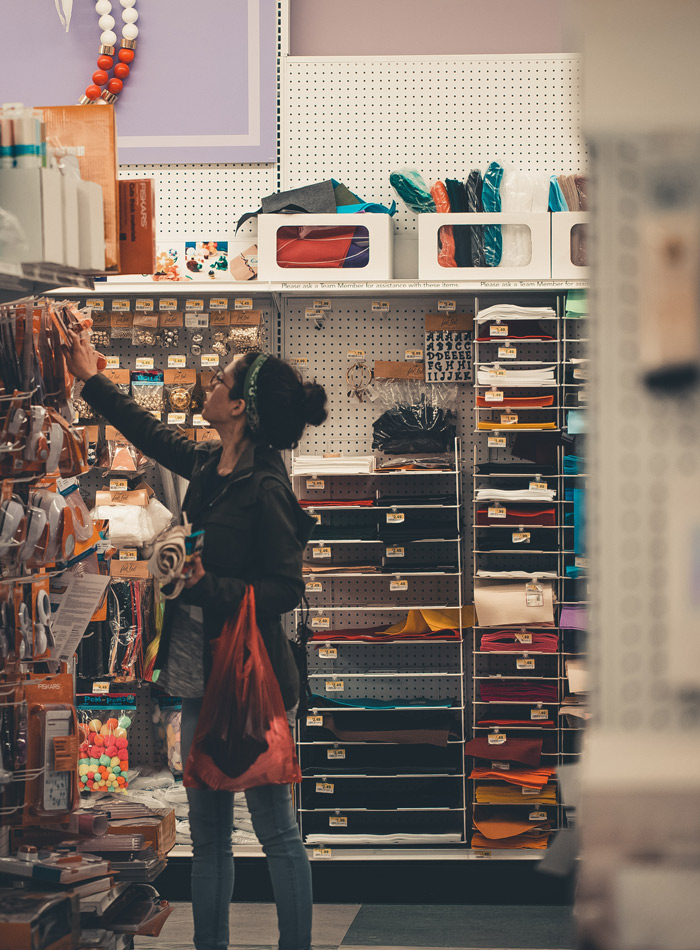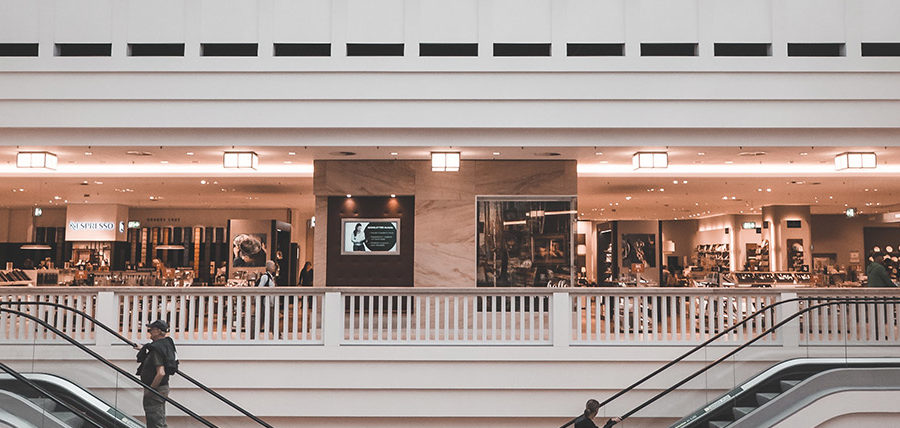Drive through any city in the U.S., and you’ll see a mall with too much empty space. Retailers that have traditionally been the anchor store in malls across the country – Sears, Macy’s, BonTon – are closing and going out of business. While many analysts are claiming the mall will become a thing of the past, malls can survive by embracing innovation, reinvention, and evolution.
New Lease Structures
While the Hudson in New York City may end up being the prototype of the future, what I’m seeing in malls across the country is a willingness to forgo the traditional lease. Shorter-term leases, leases with no percentage of sales, and leases with flexible terms and space requirements are helping landlords keep the space occupied. The successful mall of the future will redefine how they occupy space as well as how they keep it occupied. “[F]or many malls, their revenue models are going to change entirely,” explains Storefront Chief Executive Officer Mohamed Haouache.

Pop-Ups and Kiosks
Modular tenancies are growing in popularity, “providing digital native brands with the opportunity to rent space without the typical lengthy commitment.” And according to Lexology, “Pop-ups allow malls to bring in new, innovative, and buzzworthy brands at a time when malls are in need of a boost. Some malls are even dedicating permanent spaces, formerly occupied by traditional brick-and-mortar retailers, to various rotating pop-ups.” The successful mall of the future will be flexible and creative in how the space is used.
Demographics and local interests matter.
Numbers drive virtually everything, especially in real estate. And no investor wants to establish real estate property if the prospects of success are poor. Before committing to any property development, a real estate investor wants data on business growth rate, the resilience of the economy, population size, tax incentives, and other components that are a piece of any retail real estate lease or contract. However, as the landscape of consumer demands becomes more personal, as well as socially mindful, individual cities are now defining the retail real estate market.
Individual cities have a unique competitive edge.
The cities that are most successful are those that have a distinctive reputation. Size does matter, but it certainly isn’t the only stimulus for achievement in retail. The enterprising mindset of the city itself, regardless of industry, will drive the innovation and unique experiences that consumers want. Peer groups have a significant influence on how a city grows and the retail that thrives, ranging from tourist hubs to entire neighborhoods driven by sustainability practices.
It can be challenging to balance efficiency and innovation, but different cities will demand completely different stores and retail strategies. What functions well in New York City is not guaranteed to launch similarly in Tokyo. A flagship store may do well in the suburbs of Chicago but sink completely in the neighborhoods of Toronto. The demographics of an area can be so specialized that two stores within the same city limits cannot market themselves the same way. Retail real estate must spend less time defining who they are and more time strategizing how they fit into a city’s existing strengths.






